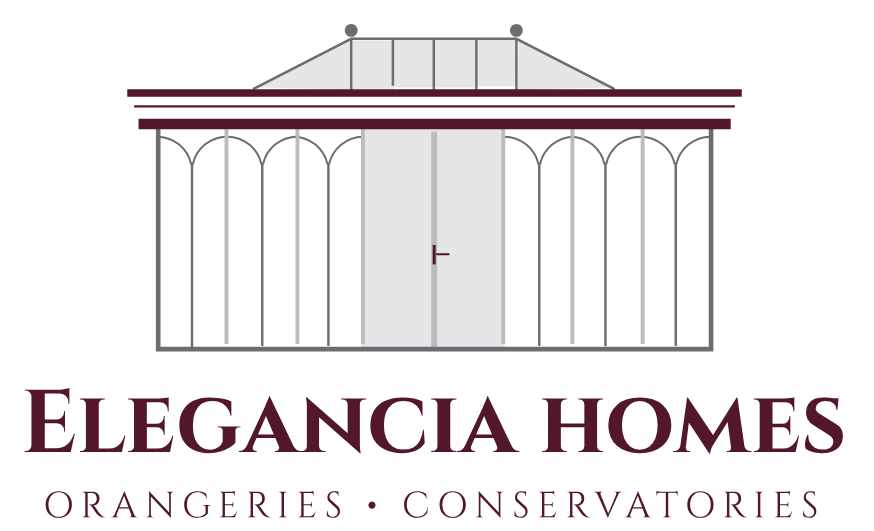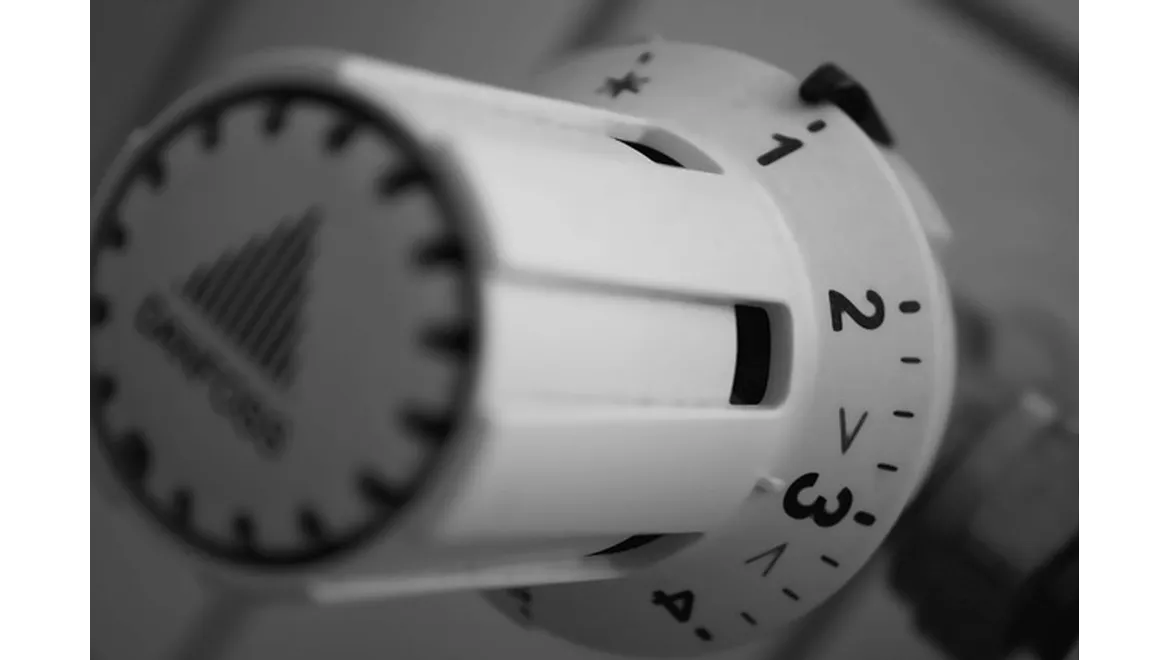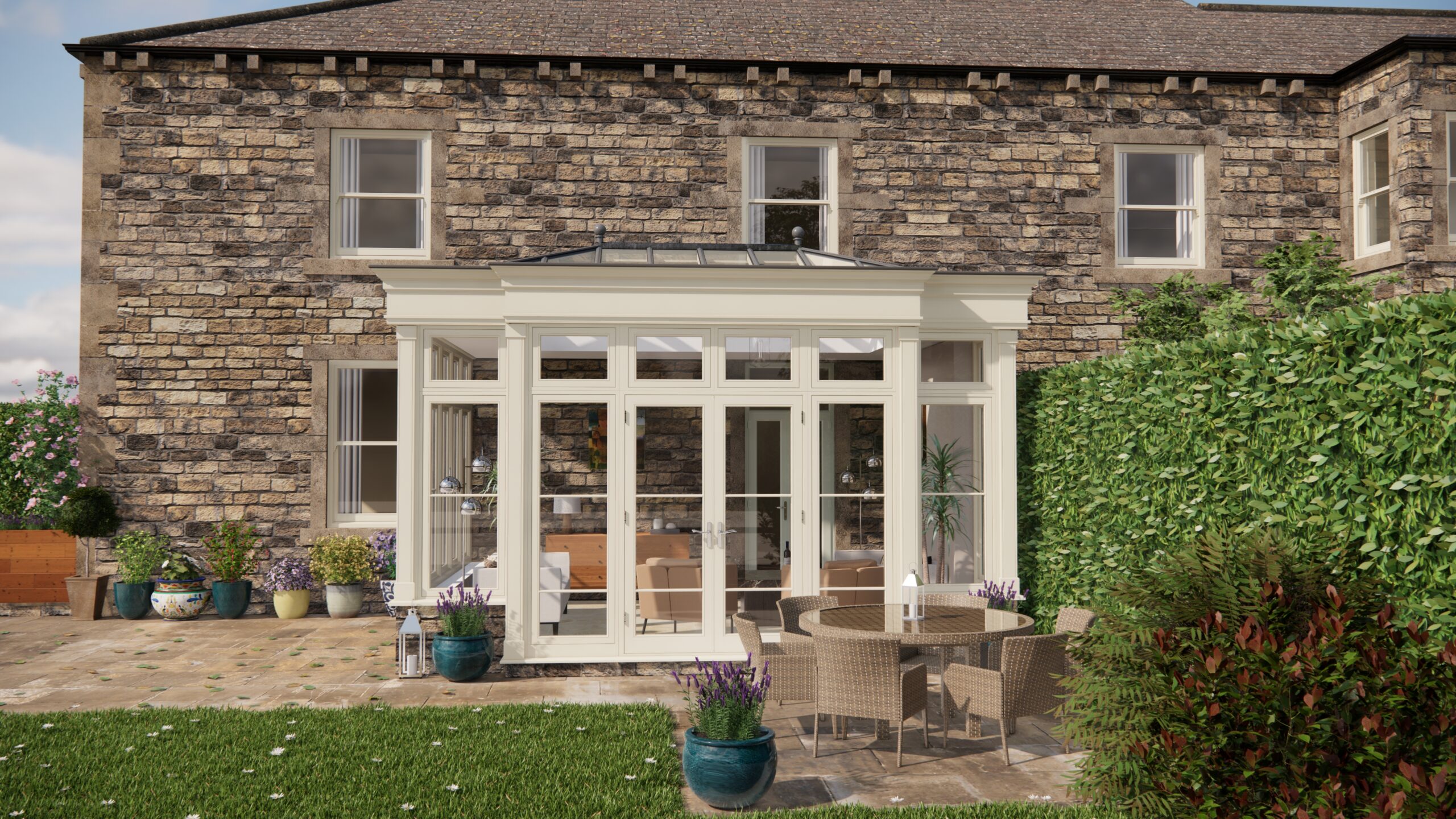Right, let’s talk orangeries. Beautiful spaces, aren’t they? But keeping them comfortable year-round? That’s where things can get tricky. For my latest article, I dove deep into the world of heating and ventilation for these glass-filled beauties, specifically pitting air conditioning units against heat pumps. It’s a climate control showdown!
My main goal was to figure out which system truly offers the best year-round climate control for an orangery, keeping in mind that we’re talking about structures often attached to older, sometimes listed, buildings. That threw up all sorts of interesting challenges.
First Up: Understanding the Contenders
Before even thinking about energy efficiency or installation, I had to make sure the basics were crystal clear. Air conditioning units, at their core, are coolers. They take warm air from inside your orangery, cool it down, and pump it back in. Heat pumps, on the other hand, are more versatile. They can heat and cool. In winter, they extract heat from the outside air (yes, even cold air contains some heat!) and bring it inside. In summer, they reverse the process, expelling heat to the outside. This versatility is a big plus for year-round comfort.
The Nitty-Gritty: Efficiency Ratings (SEER/SCOP)
Next, I wrestled with the alphabet soup of SEER and SCOP. These are energy efficiency ratings. SEER (Seasonal Energy Efficiency Ratio) measures cooling efficiency, while SCOP (Seasonal Coefficient of Performance) measures heating efficiency. The higher the number, the more efficient the system. For the article, I really tried to drill down on the real-world differences – a higher SEER/SCOP means lower energy bills, plain and simple. But remember, these ratings are tested in lab conditions. The actual performance in your orangery will depend on things like insulation, window glazing, and how often you open the doors.
Installation Costs: A Real-World Consideration
Of course, budgets matter. Installation costs can vary wildly depending on the complexity of the system and the installer you choose. Generally, air conditioning units are cheaper to install upfront than heat pumps. But, I really wanted to emphasise the long-term view here. Heat pumps, while pricier initially, can save you money on energy bills over time, especially if you’re using them for both heating and cooling.
Environmental Impact: Thinking Green
The environmental impact was another key consideration. Traditional air conditioning units often use refrigerants that contribute to global warming. Heat pumps, especially those using more modern refrigerants, are generally considered more environmentally friendly, especially if they’re powered by renewable energy sources. I wanted readers to understand that choosing a climate control system is also an environmental decision.
Suitability for Different Climates and Property Types (Listed vs. Modern)
This is where things got really interesting. Orangeries are often added to existing properties, and many of those properties are listed buildings. This presents unique challenges. For listed buildings, planning regulations can be strict, limiting your options for external units. Internal units are an option, but you need to carefully consider placement and aesthetics. Older properties also tend to be less well-insulated, which can impact the efficiency of any heating or cooling system. Modern orangeries, on the other hand, offer more flexibility in terms of system design and placement.
Climate also plays a crucial role. In milder climates, heat pumps are often the clear winner, providing efficient heating and cooling year-round. In very cold climates, however, heat pumps may struggle to provide sufficient heat, especially older models. In these situations, a supplemental heating source might be necessary.
Natural Ventilation: Don’t Forget the Basics!
While exploring these advanced systems, I was keen to not forget the importance of good old natural ventilation. Opening windows and vents can significantly reduce the need for artificial cooling, especially during the shoulder seasons (spring and autumn). I stressed the importance of designing the orangery with natural ventilation in mind from the outset. Think about strategically placed windows and roof vents to create a natural airflow.
After all that deep diving, a clear path forward emerges. Selecting between air conditioning and heat pumps for your orangery isn’t a simple black-and-white decision. It’s about weighing the initial investment against long-term energy savings, considering the environmental impact, and, crucially, understanding the specific needs of your property and climate. Air conditioning offers a more budget-friendly entry point primarily for cooling, whereas heat pumps, while representing a larger initial outlay, bring the advantage of versatile heating and cooling, enhanced energy efficiency, and a reduced environmental footprint. Ultimately, a thorough assessment of your individual circumstances, including property type, climate, and budget, is vital to making the right decision for your orangery’s comfort and sustainability.


